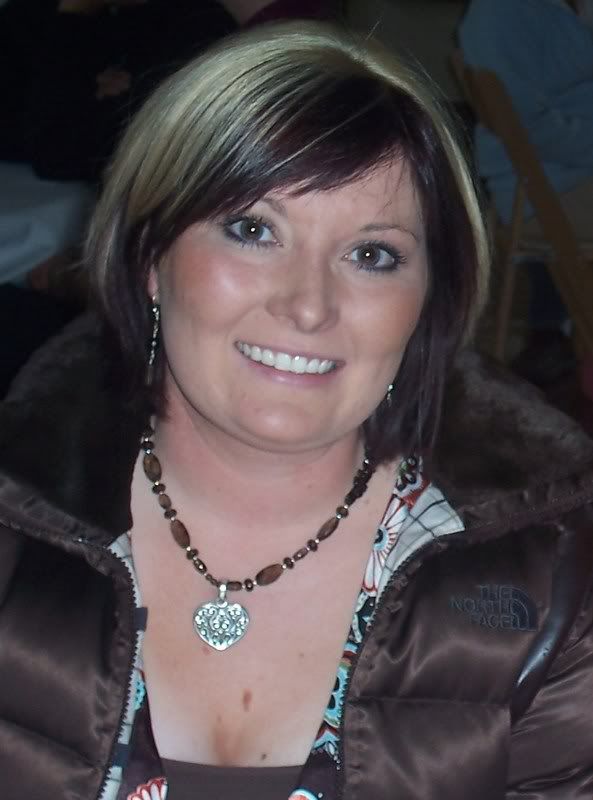Beyond the book
By Andrea Schoellkopf / Journal Staff Writer on Mon, Jun 20, 2011
They jump out of helicopters. Battle large mosquitoes in what’s known as the Polar Bear Capital of the World. Scout the Sandias for scat and other signs of wildlife.
They are science teachers, and they aren’t hanging out at home this summer.
“If I really want to know what’s happening in science,” said Gary Bodman of Madison Middle School, “it’s best to be out there talking with scientists studying the stuff and getting current information for the students.”
Center of activity
Jimmy Carter eighth-graders and other students will be part of a citywide environmental impact study of the 128-acre Sandia Mountain Natural History Center, which provides 4 1/2 hours of ecology field experiences to between 10,000 and 19,000 fifth-graders in central New Mexico.
The center, operated by APS and the Natural History Museum, is branching out to climate change field monitoring by older students, and teachers at the center this summer will write curriculum for the monitoring.
Bodman this summer will spend 11 days on a trip to Manitoba, Canada, where he and 11 other teachers will work with a University of Alberta researcher collecting data on climate change as part of an Earth Watch fellowship.
“It’s probably going to mean slogging through the mud,” Bodman said. The group will study tree rings, using a method called dendrochronology, in the small fishing village of Churchill on Hudson Bay, which is inaccessible by road and best known for its polar bears.
Bodman studied dendrochronology in the Sandias earlier this summer with a team of Madison teachers. He also attended a program on wireless and radio communication.
Still on his “to do” list are studying geology and geothermal activity of the Valles Caldera, attending a teacher institute through Kirtland Air Force Base research laboratory and attending an environmental education conference in Santa Fe.
During the past two years, he traveled to a Virginia resort community to learn about science, technology, engineering and math lesson plans.
“I think when you have experiences like this, you can bring back stories,” said the five-year teacher, who previously was a manager for an architectural millwork company. “It’s one thing to bring the data and show how the scientists really work. It’s another to engage the students with a real story you can come back to the classroom with. … I’m sure if I make an impact on a few students, maybe they’ll be up there doing the same thing.”
An Internet search of summer science opportunities for teachers turned up trips to Israel and Costa Rica, in addition to NASA programs, grant opportunities and classes around the country.
“It’s almost like fishing,” said Bodman, who spends his “down time” working on upcoming lesson plans and writing thank-you notes to his sponsors. “You have to look for it.”
One Rio Rancho teacher said the travel experiences offered for science teachers changed the way she teaches.
“I feel like if I can go and do those things and bring them back to give kids an authentic experience and widen their horizons, I sort of have an obligation to do that,” Ashley Ivins said.
Later this month, she’s going to Washington, D.C., to study the origins of life by looking at data from Mars as part of a program through the Santa Fe Institute and George Mason University. That’s after she finishes an eight-week fellowship at the University of New Mexico, where she is helping to simulate sleep apnea in rats.
She admits when she first started teaching, she clung to the traditional experience: relying on textbooks to help organize instruction for the variety of topics she had to teach like biology, physics and chemistry. Then she started applying for grants and fellowships and classes, mainly to help bring resources to her New Mexico classrooms.
“And now I believe very much in project-based learning, teaching students through inquiry and real-life experiences,” said Ivins, who recently moved to Rio Rancho’s ASK Academy charter school from the Mescalero Apache High School and will be “dragging” her 6-year-old daughter on many of the trips she takes this summer.
Tony Hillerman Middle School teacher Chelsea Henrie is sewing her wedding dress; training for triathlons; and is headed to space camp.
Henrie, who teaches about space flight as part of her sixth-grade science curriculum at Tony Hillerman, wrote a 500-word essay to help her win a trip to the Honeywell Educators @ Space Academy in Hunstville, Ala.
She will get 45 hours of classroom and field training, with many of the same simulations given to astronauts training for space travel. That will include getting dropped into water by a helicopter and “rescued” by another helicopter.
“It’s giving me lots of resources I can use in my classroom to really make space exploration real to my students,” said Henrie, who has also started a school science club with the help of a grant. And she wants to help share the career possibilities of space for her students.
Teachers also find real-life science opportunities close to home.
A group of Jimmy Carter Middle School science and math teachers spent the first days of summer looking for signs of wildlife in the Sandias through scatology, or the study of feces. Other teams will monitor air quality, water and tree rings with help from area scientists.
“The teachers walked in, and they all looked tired. They just finished the school year,” said Vince Case, full time resource teacher at Albuquerque Public Schools’ Sandia Mountain Natural History Center. By the second day with scientists, “the energy level just skyrocketed.”
Photo Credit – MORGAN PETROSKI/JOURNAL
Cutline – From left, Kristen Bandy, Sondra Lawson and Shannon Struck-Martinez, all Jimmy Carter Middle School science teachers, examine bones and scat at the Sandia Mountain Natural History Cente
Tuesday, June 21, 2011
Subscribe to:
Comments (Atom)
